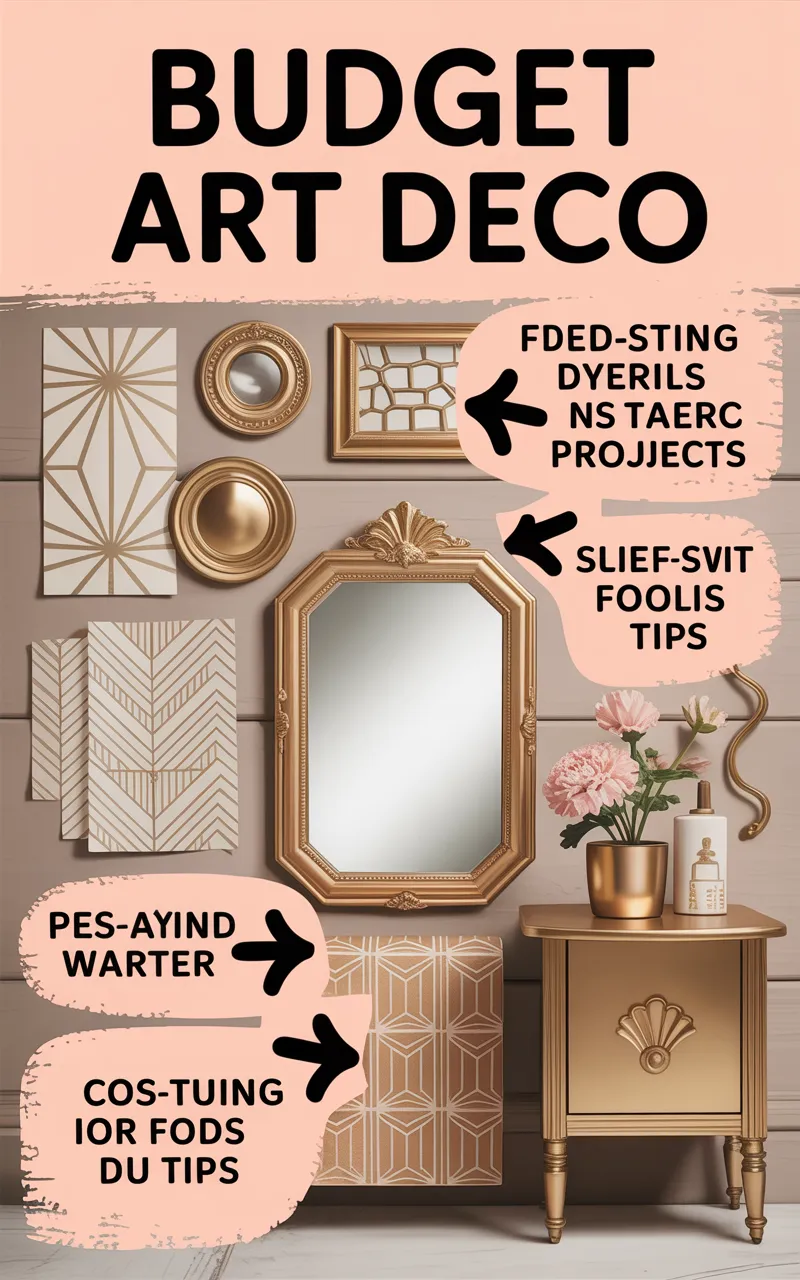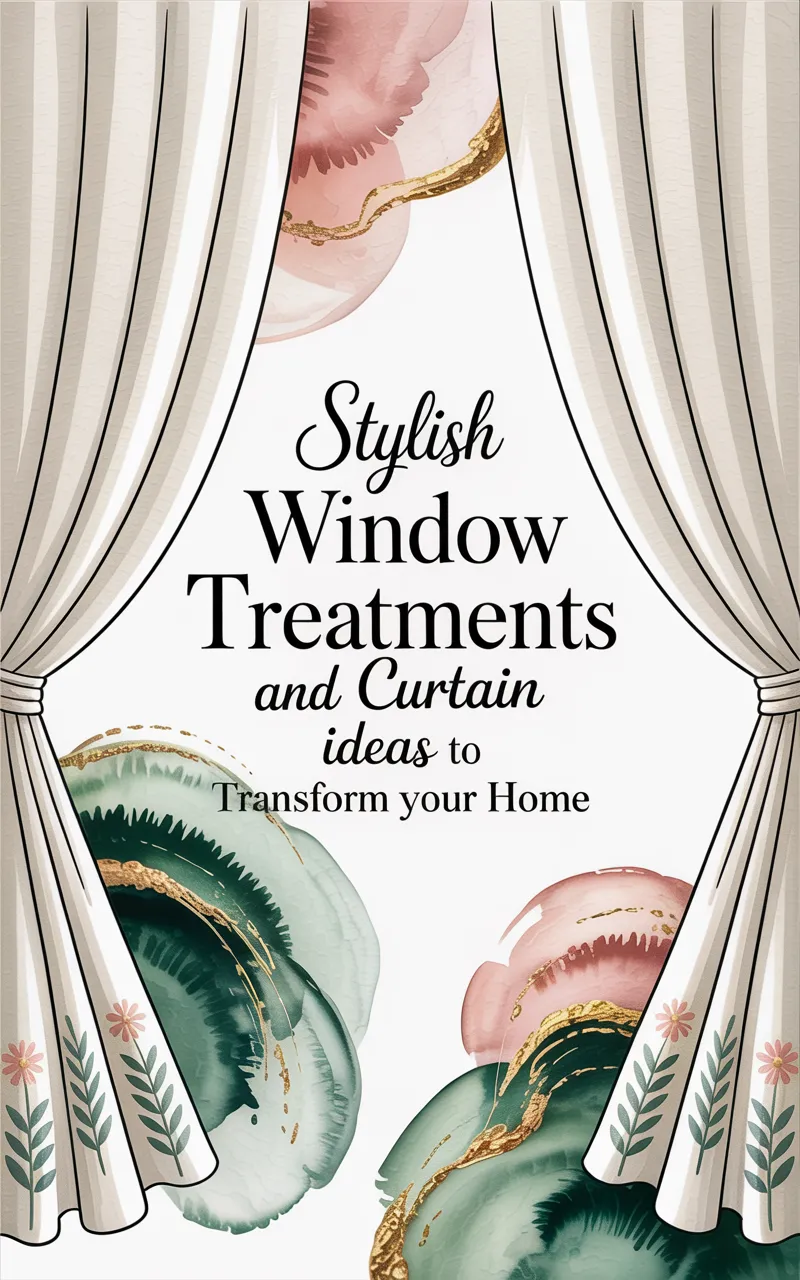There is a certain magic to the mid-century modern design style. Strong lines alongside warm wood hues give way to simple forms that stand the test of time. Mid-century sophistication strikes a perfect balance in the dining room between form and function, transforming it into a room where utilitarian meets playfully refined.
If you envision a classic-style dining room you will be able to create with the following 10 mid-century ideas and it is the perfect place for you to gather with your family and friends. Here’s how to make old-school sparkle a part of your dining room.
What is Mid-Century Decor
A quick refresher on what makes the mid-century aesthetic so unique before we start on the ideas. Originating in the post-World War II age, it is a design based on function, often with a modernist appeal, with clean lines, roundup forms, materials such as natural wood or a rubber/leather mix, the use of bright, bold accent colours. Think enameled lines, warm woods and accents that strike a balance between traditional and modern. You got it all at the most basic level so now it’s time to talk about bringing these influences into your dining room.
Choose the Right Dining Table
The dining table is arguably the focal point of any dining room, and for good reason. A mid-century table has clean straight lines, rounded corners, and straight sides, along with tapered legs. Opt for walnut, teak or oak for that vintage look and feel.
Pro Tip: Look for extendable tables, a characteristic feature of mid-century furniture that marries form and function.
Incorporate Mismatched Chairs
These days, a dining table is not synonymous with a set of uniform chairs. Mid-century design does well with subtle contrast. Combine and vary chairs of different shapes, but similar materials (wood or uphostery in compatible tones). Look for iconic chair shapes such as the Eames Molded Plywood Chair or Saarinen Tulip Chair.
Add Statement Lighting
Pendant lights and chandeliers are the mid-century design icons. Choose fixtures with a sculptural form starburst chandeliers, orb pendant lights, or geometric shapes. These do double duty supplying light and as works of art.
Catch: Opt for brass or matte black finishes for an extra dose of elegance.
Experiment with Bold Color
While mid-century design elements often incorporate neutral colors, vibrant pops add personality to the spaces overall scheme. For an accent wall, upholstery or artwork, think muted, retro-inspired colors like mustard yellow, olive green or burnt orange.
Example: A set of two mustard-coloured dining chairs can add an instant pick-me-up to a neutral dining room without taking over the space.
Rugs That Anchor the Space
A well-picked rug can ground your dining space and bring interest to the decor. Find geo or abstr act designs in wool and jute. A great way to save a little bit of cash and still give your dining room the homey feel is to use rugs that are made up of earth tones.
Add a Bit of Vintage with Your Tableware
Midcentury design even permeates the details. Give your table spread a retro twist with the tableware. Search for minimalist ceramic plates, colorful glassware or sleek stainless-steel utensils with a subtle touch.
More than just tools, these accessories act as slight winks to the mid-century.
Display Iconic Artwork
Hang a mismatch of photos on the wall for an eclectic look, or craft some homemade wall art to try and achieve trendy wall decor in your dining room. Choose abstract prints, geometric works or vintage posters in a design that mimics a mid-century look. Add a basic, unfussy frame in wood, black or brass to polish it all off.
Pro Tip: Hang smaller pieces of art in two or three rows to create a gallery wall.
Integrate Natural Touches
Mid-century design is sometimes found with nature elements incorporated into it. Bring the outside in with some potted plants or a few succulents in a ceramic pot. Tall plant stands bring drama and also work well with this style.
Example: A fiddle leaf fig tree in a modernist planter may be just the thing to help you counteract the harsh lines of a mid-century dining room.
Minimalist Storage Solutions
Sideboards and buffets with a slim profile and clean lines keep clutter at bay. Wooden sideboard with slender legs brings storage to the space and adds to its mid-century vibe.
Pro Tip: Dress the top of your sideboard with a combination of framed art, vases and books to make it visually as well as functionally appealing.
Focus on Finishing Touches
Finally, consider the small things you might have missed. Mid-century interiors sing when decor is kept to a minimum and items have dual functionality:
Use vintage inspired clocks or mirrors to adorn the wall space.
Toss in brass or ceramic candleholders for some ambient vibes.
Include fabrics such as patterned table runners or napkins for an added final touch.
This adds personality to the space whist keeping its mid century feel.
Add Mid-Century Smartness to Your Dining Room
Mid-century design has a timeless appeal that holds real value for design junkies. Utilize the advice you’ve read, and create an amazing dining room that people will be envious of!
After all, your dream mid-century dining room begins with intention and a hint of imagination. Whether you are investing in a walnut table, hanging a bold pendant light or just mixing in modern sideboard storage, no detail is too small.
Begin with your mid-century dining room and relish in the timeless look that will not go out of style anytime soon!
FAQ
Q: What are the key elements of a mid-century dining room?
A: Key elements include furniture with clean lines and organic shapes, typically made from natural wood like walnut or teak. Pair these with bold lighting fixtures, minimalist decor, and a subtle use of color to achieve the timeless mid-century aesthetic.
Q: How can I incorporate mid-century style on a budget?
A: Look for vintage or thrifted furniture pieces that embody mid-century design. You can also opt for replicas or affordable modern pieces inspired by mid-century styles. Adding small touches, such as geometric patterns or simple lighting, can also help capture the look without breaking the bank.
Q: What colors work best in a mid-century dining room?
A: Neutral colors like white, beige, and gray provide a great backdrop, while accents in earthy tones such as mustard yellow, olive green, and burnt orange bring warmth and authenticity to the space.
Q: Can I mix mid-century design with other styles?
A: Absolutely! Mid-century design pairs well with contemporary, Scandinavian, and minimalist styles. Just ensure there’s a cohesive balance and choose complementary pieces that tie both styles together seamlessly.





Leave a Reply
You must be logged in to post a comment.